While many of our cities have begun to show interest in creating bikeways for cyclists, the implementation remains lacking. Bikeways are disjointed, unconnected, inconsistent, and often serve as motorcycle express lanes or car parking when enforcement falls short.
In some areas, bike lanes seem like an afterthought more than an actual attempt to encourage cycling as safe and sustainable transport. The most common symptom are narrow bike lanes that barely fit cyclists or don’t fit at all. Even worse, some bike lanes are drawn on existing car lanes without adjusting road markings to provide enough space for both car and bikes—making it dangerous for both cyclists and motorists as they try to fit in a space that cannot accommodate both.
Here, we present two suggestions that could provide a practical remedy for such cases:
1. Use the remaining space to buffer bike lanes
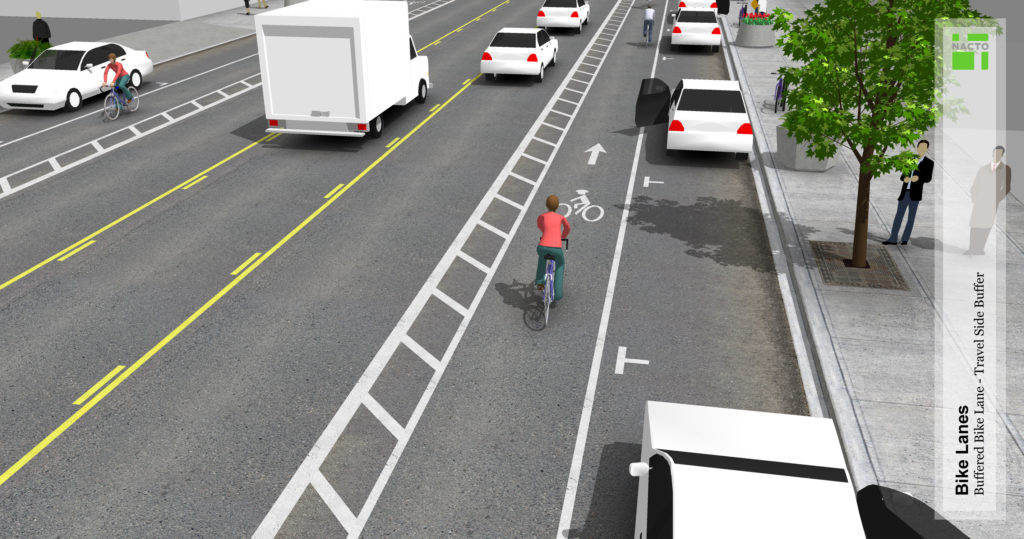
Buffered bike lanes provide more distance between cars and bicycles by demarcating an area of separation. Buffer areas are usually marked by two solid white lines, preferably with diagonal hatching in between.
In the case of wider roads, the rightmost lane can just be completely given to bicycles by marking a bike lane and using the remaining space to create a buffer zone. Ideally, there could also be a buffer zone between the sidewalk and the bike lane in case pedestrians have to step onto the bike lane (like when sidewalks are used for parking by inconsiderate drivers). The buffer can also be used by faster cyclists to safely pass others on the road.
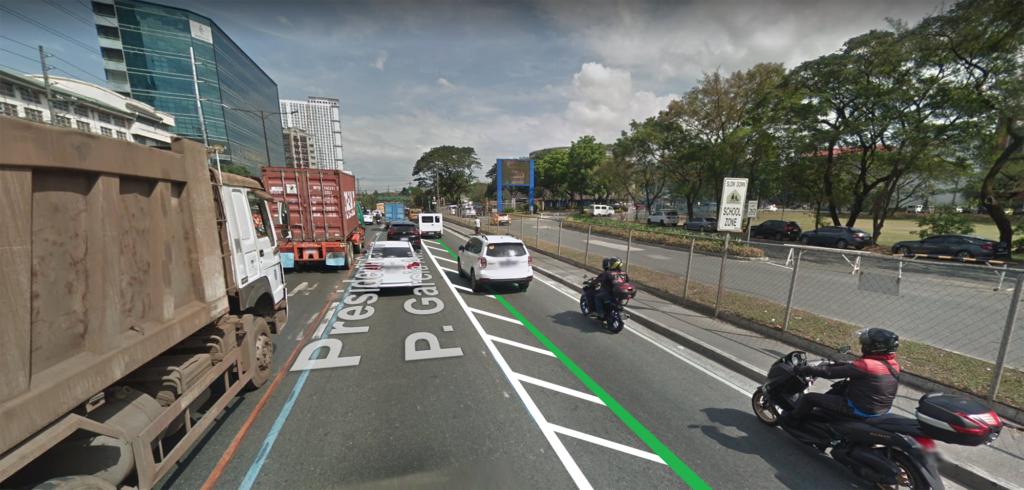
Buffered bike lanes are a good way to show commitment to improving bike infrastructure, but have also been shown to encourage more cyclists to use the lanes.
2. Use Shared Lane Markings
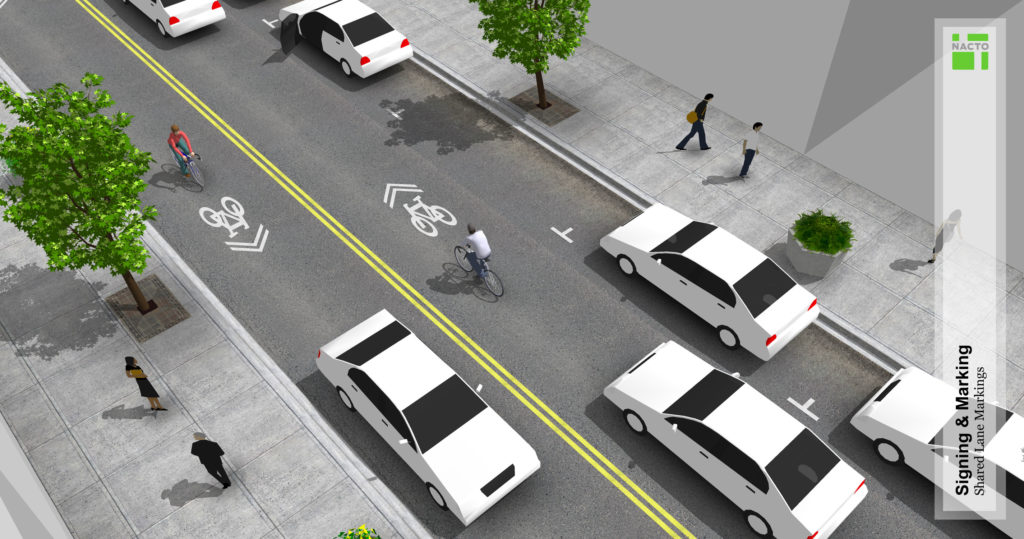
Shared lane markings (SLMs) or Sharrows are road markings that indicate lanes for use by both motorized vehicles and bicycles. Rather than forcing a bike lane in an area where car and bike can’t possibly fit together, shared lane markings simply indicate the reality that both have to share the use of the lane.
While they are not as ideal as dedicated bike lanes in terms of safety, SLMs reinforce the idea that bikes have equal rights to the road and serves to remind motorists to watch out for cyclists.
SLMs also serve to give cyclists more confidence in taking the lane rather than awkwardly positioning themselves too far to the right and too close to the gutter.
—
While we all dream of safe, integrated, and protected bikeways, our current circumstances make them seem so far off in the horizon. This doesn’t mean that there aren’t practical solutions that can easily be implemented without considerable effort.
Buffers can be painted on existing lanes that are too small for a car to fit with the bike lane anyway, and where space is more limited, sharrows are a good way to encourage cyclists to take the lane and ride away from the gutter while reminding motorists that bikes have equal rights to the road.

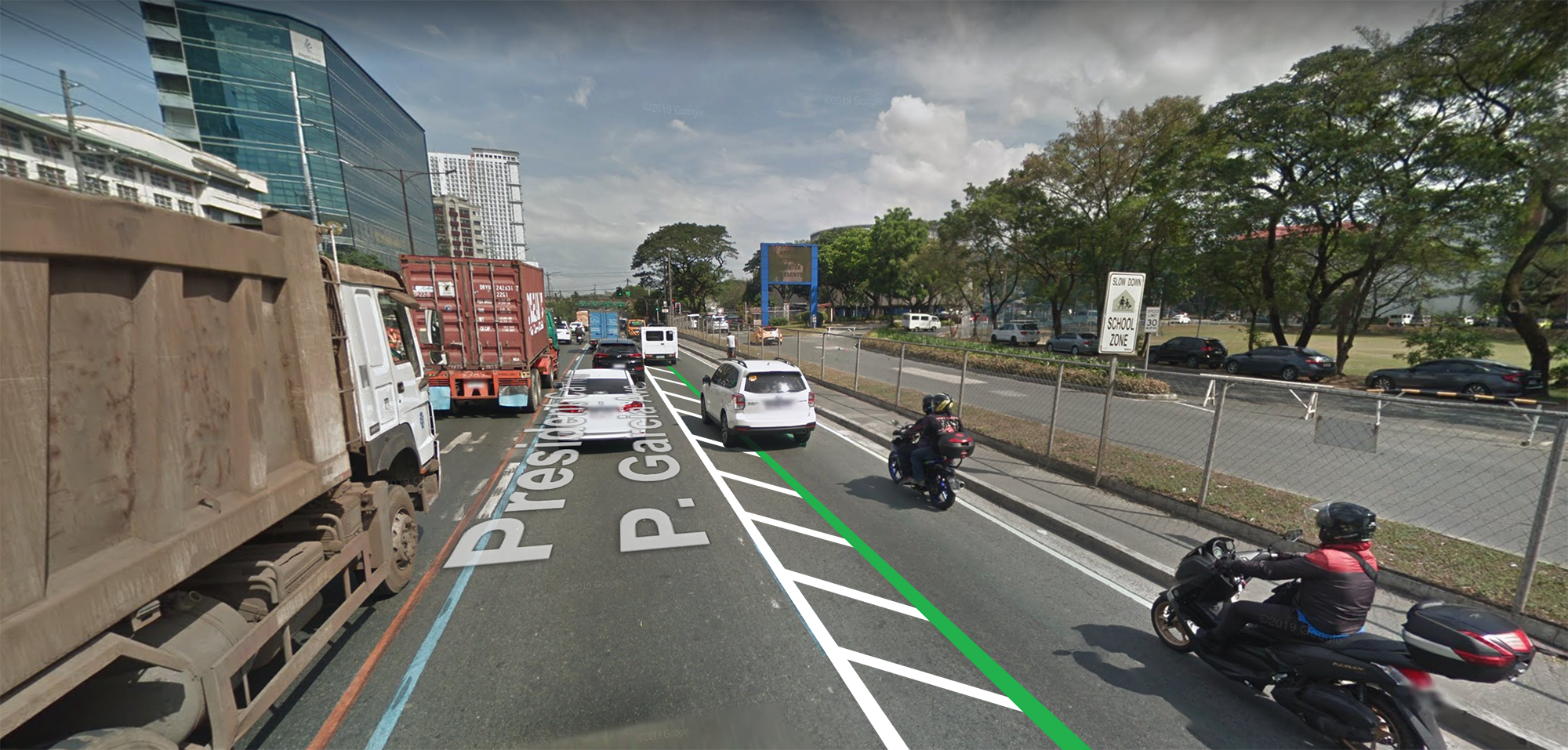
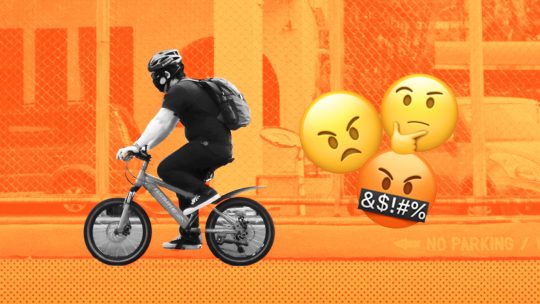
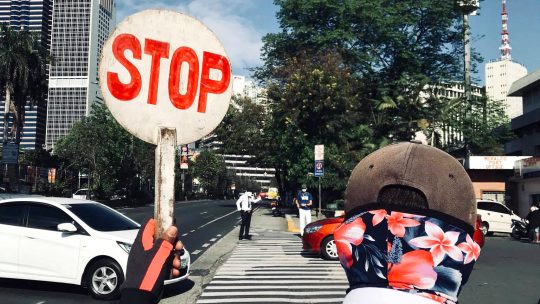
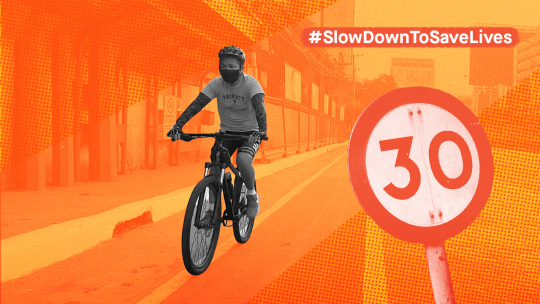
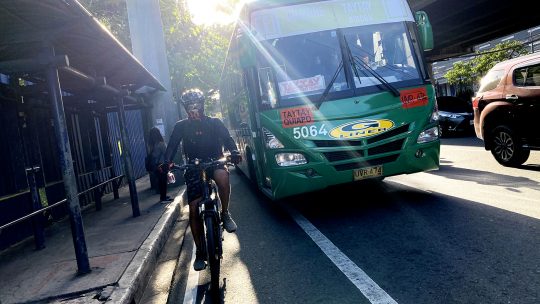
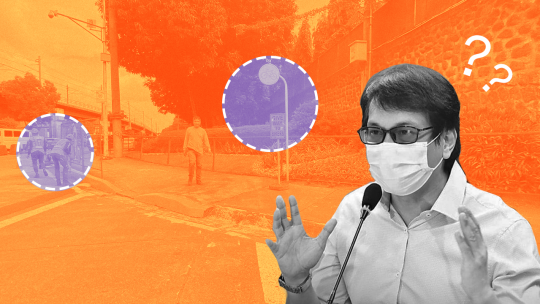
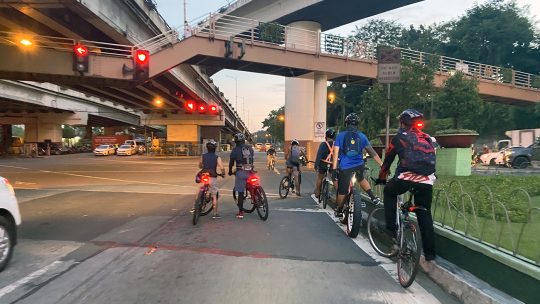
Leave a Comment